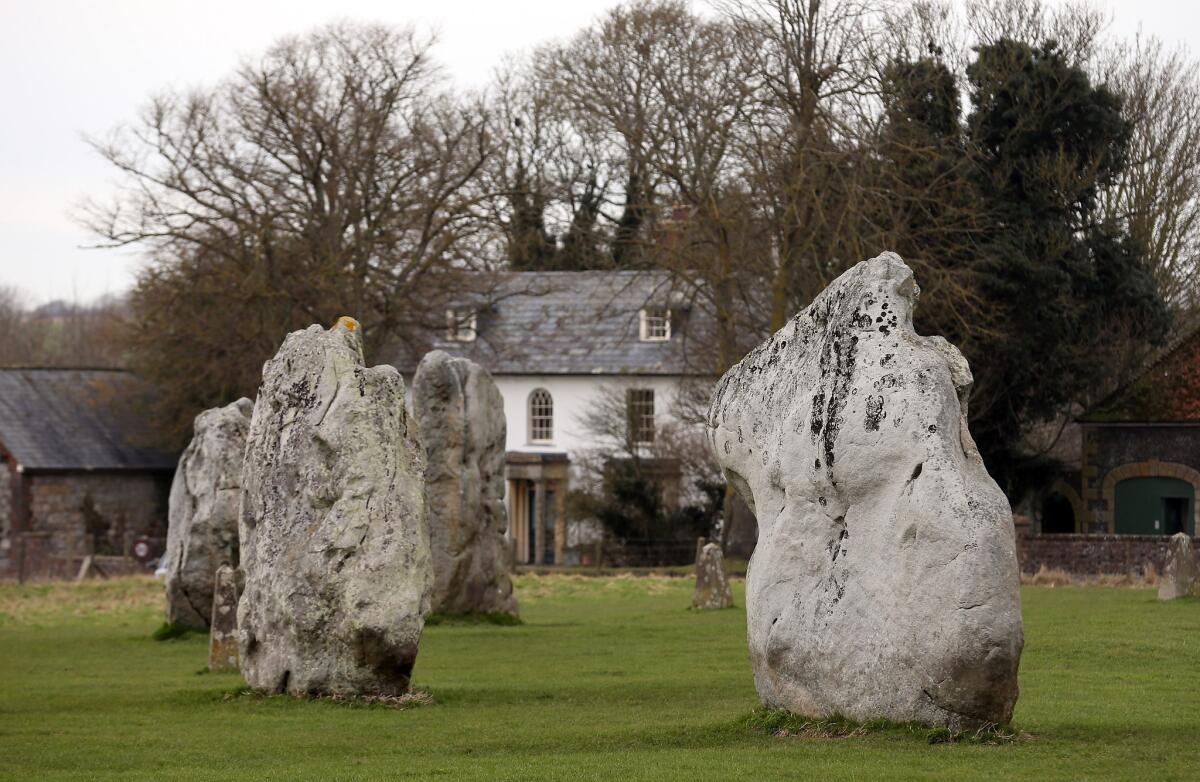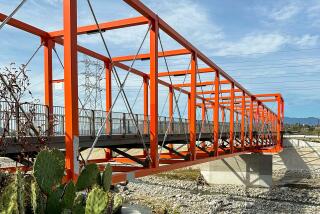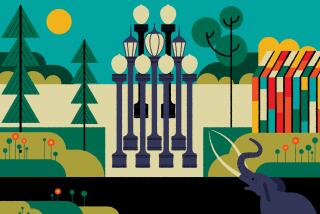10 European attractions off the beaten path

Never mind Stonehenge. Avebury, about 20 miles north, is one of the best — and eeriest — Neolithic monuments in Europe, made of multiple concentric stone circles set in and around a medieval village that grew up later. The surrounding Wiltshire downs are fine too, especially from up top on the old Ridgeway Path.
Info: 011-44-1672-539250, http://www.nationaltrust.org.uk/avebury/.
Headed for Europe? See the great capitals and famous museums, of course. But then take the unbeaten path.
Avebury, England: Never mind Stonehenge. Avebury, about 20 miles north, is one of the best — and eeriest — Neolithic monuments in Europe, made of multiple concentric stone circles set in and around a medieval village that grew up later. The surrounding Wiltshire downs are fine too, especially from up top on the old Ridgeway Path. Info: 011-44-1672-539250, https://www.nationaltrust.org.uk/main/w-avebury.
Brussels: You could say gray, buttoned-up Brussels is an underdog when compared with slicker European capitals such as Paris and London. But for the sake of its North Sea oysters, mussels and little baby shrimp known as gris; wide and welcoming Grand Place; stunning Art Nouveau architecture; the Belgian Comic Strip Center and — most of all — its resplendent new René Magritte Museum, don’t miss it. Then, too, there’s Belgian beer. Info: https://www.visitbelgium.com.
EUR, Rome: A district of Rome about five miles southwest of the historic center, built by Mussolini for the 1942 Esposizione Universale Roma (canceled because of World War II). It has a striking collection of early modern Italian architecture, including the iconic Square Coliseum and Museum of Italian Civilization, seldom visited but full of treasures such as a massive scale model of 4th century Rome. Info: https://www.italiantourism.com.
Louisiana Museum of Modern Art, Denmark: A blissfully placed museum of modern masters (post-1945) on the Danish island of Zealand, looking across Oresund Sound to Sweden, with Hamlet’s Elsinore Castle, Fredensborg Slot (summer home of Danish royals), beaches, cliffs and Rungstedlund (author Isak Dinesen’s country manor) all nearby. Info: https://www.louisiana.dk, https://www.visitdenmark.com.
Stromboli, Italy: This perfectly proportioned, active volcano in the beautiful Aeolian archipelago about 30 miles north of Sicily can be observed on clear nights from the terrace at the Hotel Signum on the neighboring island of Salina. Info: 011-39-090-9844222, https://www.hotelsignum.it.
Vézelay, France: Connoisseurs of French architecture rank the abbey church of Vézelay, dedicated to Mary Magdalene, right up there with Chartres Cathedral, chiefly because of its soaring Romanesque nave and endearing 12th century Last Judgment carved around the inner entrance. The hilltop village around the church has fine views of Burgundy wine country. Info: https://www.vezelaytourisme.com/sommaire_ang.htm.
Vitra Design Museum, Weil am Rhein, Germany: Created by the contemporary furniture company Vitra, this extraordinary museum in Weil am Rhein (actually a suburb of Basel, Switzerland) displays works of design from American Shaker to Viennese Art Nouveau. Best of all, the museum campus includes such singular buildings as an early Frank Gehry, a Zaha Hadid fire station, Buckminster Fuller dome and Jean Prouvé gas station. Info: 011-49-7621-7023200, https://www.design-museum.de.
Dresden, Germany: Rebuilt and risen from the ashes of massive Allied bombing in the waning days of World War II, Dresden is one of Germany’s most elegant Baroque towns with a landmark, white-domed Frauenkirche, Semper Opera, Zwinger Palace and Brühl’s Terrace above the River Elbe. Info: https://www.cometogermany.com.
Tarn River Gorge, France: Bypassed by vacationers on their way to the sunny Côte d’Azur, the gorge dramatically cuts through a limestone plateau in the Lozère and Aveyron departments of France. While there, wander in the Cévennes Mountains, explore medieval hill towns, or bastides, and take a gander at the Millau Viaduct, the tallest cable-stayed road bridge in the world. Info: https://www.gorgesdutarn.com/uk.
Rioja Alavesa, Spain: With its eye-catching wineries designed by famous contemporary architects such as Frank Gehry and Zaha Hadid, Spain’s premier red wine-producing region, about an hour south of Bilbao, could be the Napa Valley. The wine is deep, musky Rioja. Info: https://www.rutadelvinoderiojaalavesa.com/en.
travel@latimes.com
More to Read
Sign up for The Wild
We’ll help you find the best places to hike, bike and run, as well as the perfect silent spots for meditation and yoga.
You may occasionally receive promotional content from the Los Angeles Times.






